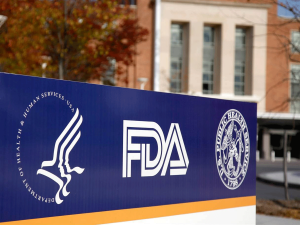On Tuesday, January 6, the FDA released its final guidance manual for the Safer Technologies Program for Medical Devices, or STeP program. This is a voluntary program to be implemented on certain medical devices or device-based products. The type of devices included under the STeP umbrella include those that treat or diagnose less morbid or non-life-threatening conditions.
Essentially, STeP includes devices that treat and diagnose conditions that are less serious than those deemed eligible for the Breakthrough Devices Program. STeP is a lower tier than Breakthrough regarding the conditions that these devices treat and diagnose.
However, STeP does share a few similarities with the Breakthrough Devices Program. It involves two separate phases in which interested parties issue a Q-submission to request eligibility to be included in the STeP program. The FDA will review the request and take actions to hurry the development process of the device(s) and expedite the process of reviewing all regulatory submissions.
The main advantage of the STeP program is the acceleration of the development and authorization of eligible medical devices. The program also allows manufacturers to communicate and interact directly with the FDA during the process of product development.
Additionally, manufacturers can now experience timely engagement from the FDA, a large improvement. Before STeP, the progress of developing and authorizing medical devices could be sluggish, and communication between the FDA and all other parties involved in developing and approving the devices would be slow. Now there is direct and quick communication between the FDA and the manufacturers, and the FDA can expedite the authorization process; so long as the device is STeP eligible.
There are specific eligibility factors that determine whether a given device is eligible for the STeP program. The first eligibility factor is that the device is not eligible for the Breakthrough Devices Program. If the device is eligible for Breakthrough, then it automatically does not meet the criteria for the STeP program.
The second eligibility factor is that the device should be expected to improve the benefit-risk profile of a treatment or diagnosis through substantial safety innovations, including one of the following: a reduction in the occurrence of a known serious adverse event; a reduction in the occurrence of a known device failure mode; a reduction in the occurrence of a known use-related hazard or use error; or an improvement in the safety of another device or intervention.
With STeP, manufacturers are able to get innovative new medical devices to the patients that need them more efficiently, which is particularly critical given the disruption the industry has faced as a result of the pandemic.























